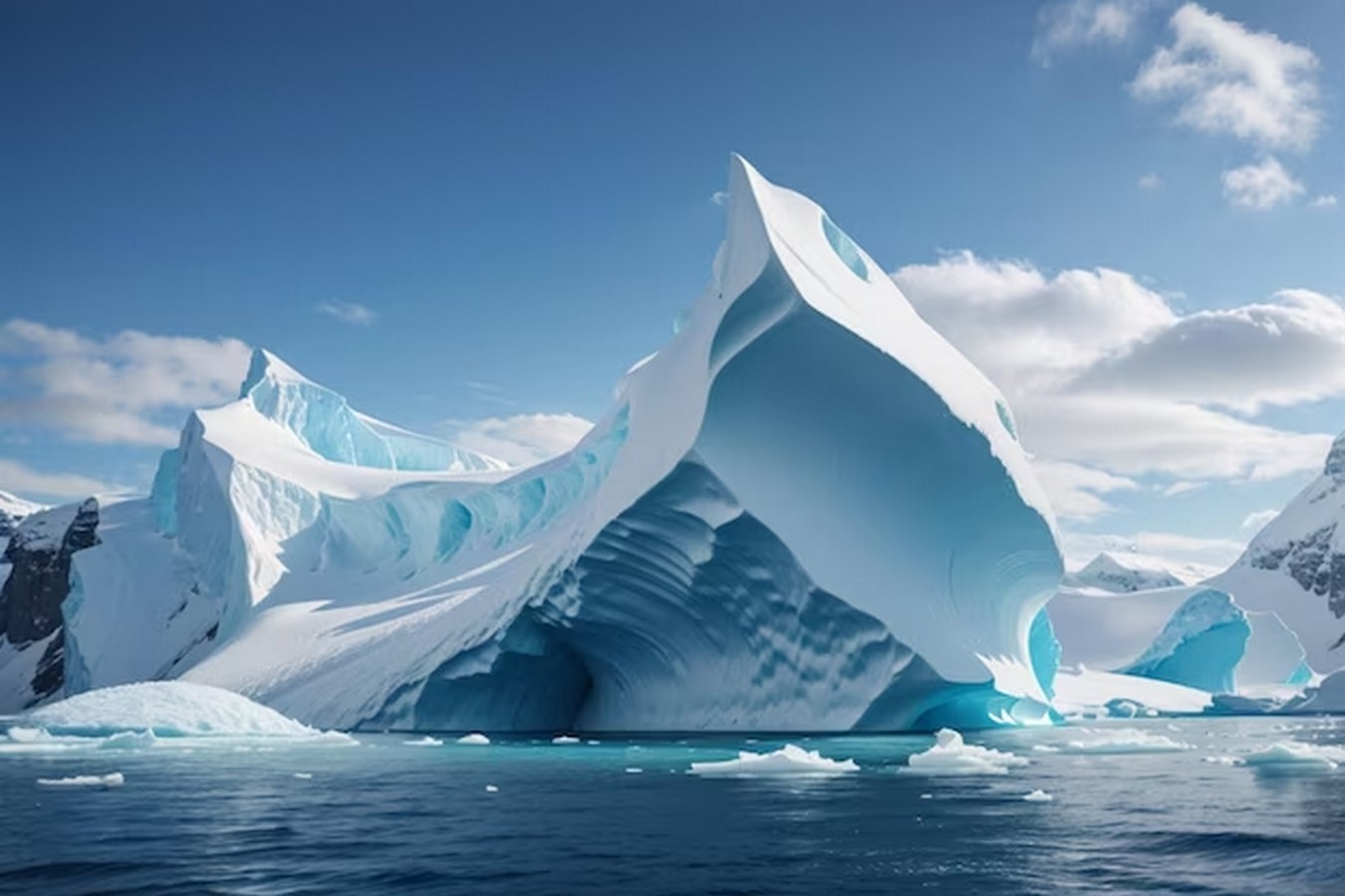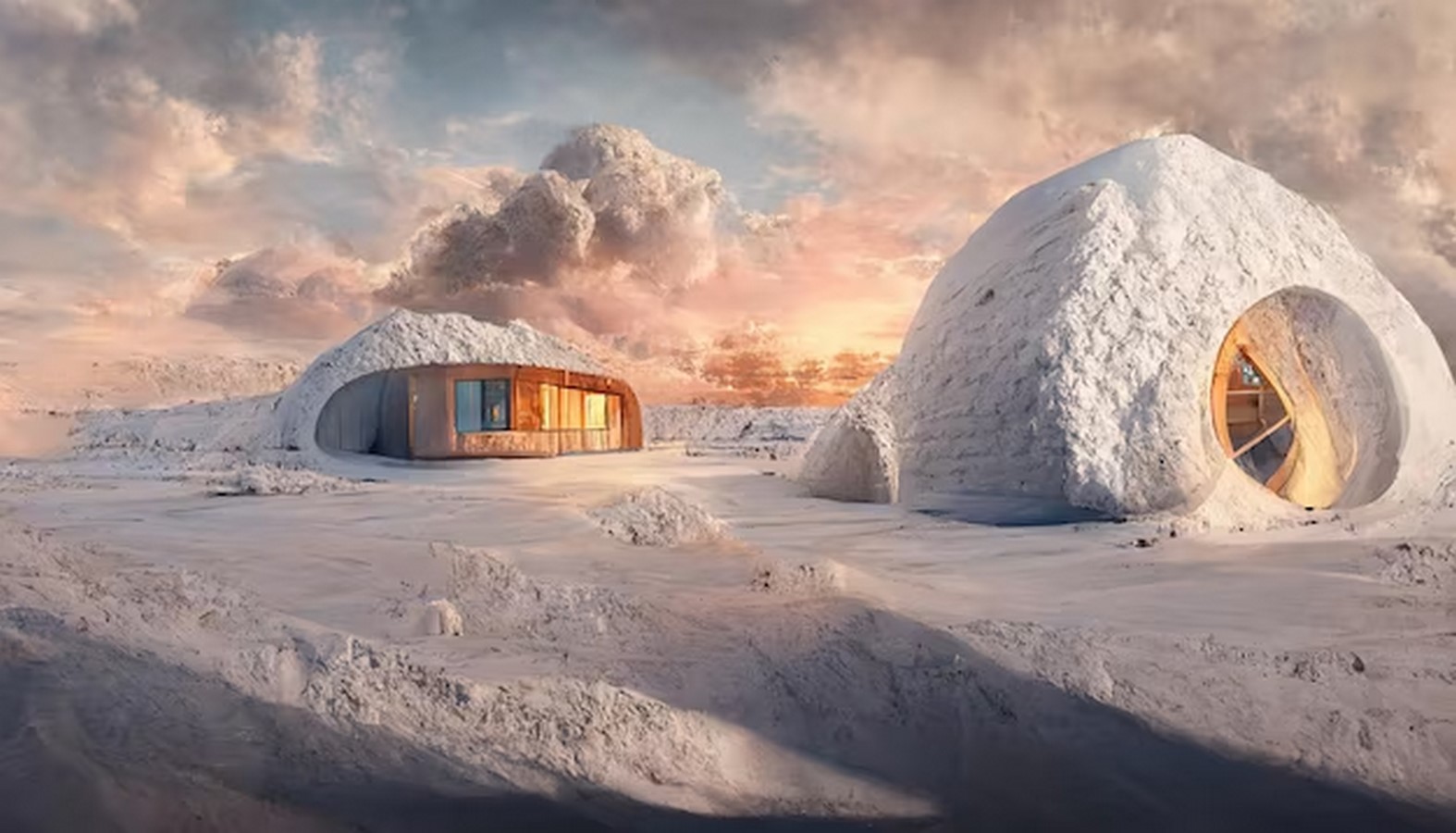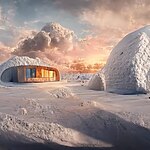The idea of inhabiting Mars seems easier than occupying Antarctica. The continent of Antarctica, with its frigid temperatures, harsh winds, and remote location, presents one of the most extreme environments on Earth. As human activity in Antarctica continues to expand, there is a growing need for innovative architectural concepts that can provide safe and comfortable living conditions for the scientists and researchers who work there. This essay explores the challenges of designing for Antarctic living and discusses various architectural concepts that can address these challenges, ensuring the well-being of the inhabitants in this extreme environment.

Antarctica is a unique and extreme environment characterised by several factors. The continent is the coldest place on Earth, with temperatures regularly dropping below -60°C (-76°F) during the winter months. Antarctica experiences some of the strongest and most persistent winds on the planet, with gusts reaching speeds of over 200 mph (320 km/h). The continent is remote and isolated, with limited access, making it challenging to transport construction materials and equipment. Being an environmentally sensitive region, any architectural development must take into account the preservation of the delicate ecosystem.
Designing for Antarctic living requires addressing a unique set of challenges; the structures must be able to withstand extreme cold, heavy snowfall, and hurricane-force winds. Building materials and insulation must be carefully chosen to ensure thermal efficiency.In a place with limited access to resources, it is essential to design structures that maximize energy efficiency, reduce heat loss, and utilize renewable energy sources. The living spaces that prioritize the well-being and comfort of inhabitants, including considerations for natural light, air quality, and mental well-being. Building in Antarctica must consider the long-term environmental impact and minimize the footprint on the continent.
Modular Structures
Modular structures are designed to be prefabricated off-site and assembled on-site, reducing construction time and exposure to harsh weather. They can be adapted to various research stations’ needs and are easy to transport to Antarctica.
Dome Shelters
Dome-shaped structures are known for their ability to withstand high winds and heavy snow loads. These shelters offer a simple and efficient design, providing a spacious interior while minimizing heat loss.
High-Performance Insulation
Effective insulation is crucial to maintaining comfortable temperatures within living spaces. Modern insulating materials, such as aerogels, are being used to achieve superior thermal performance.
Solar and Wind Energy
Antarctica receives a considerable amount of sunlight during the summer months, making solar panels an excellent energy source. Additionally, wind turbines can harness the strong winds for clean energy generation.
Underground Architecture
Building partially or entirely underground offers natural insulation and protection from the extreme conditions above. It reduces heat loss and minimizes exposure to harsh winds.
Passive Design Principles
Passive design focuses on optimizing the use of natural resources. This concept includes orientation, window placement, and the use of thermal mass to regulate indoor temperatures.
Bio-Inspired Design
Looking to nature for inspiration, architects can incorporate features that emulate the survival strategies of local wildlife, like the efficient use of space and thermal regulation.
Sustainability is a critical consideration when designing for Antarctic living. Architectural concepts should aim to minimize the environmental impact on the continent. This includes waste management, energy efficiency, and adherence to international agreements such as the Antarctic Treaty System that governs human activity in the region.
As technology and knowledge advance, the architectural concepts for Antarctic living will continue to evolve. Architects and researchers are constantly seeking new ways to improve living conditions and minimize the environmental footprint in Antarctica. Future directions may include innovations in material science, energy generation, and sustainable construction practices.

Designing for Antarctic living is a complex and multidisciplinary challenge. Architects and engineers must consider extreme weather conditions, energy efficiency, human comfort, and environmental sustainability. Various architectural concepts, such as modular structures, dome shelters, and underground architecture, have been successful in addressing these challenges. Future directions will likely focus on advancing technology and knowledge to further improve living conditions in this extreme environment. Antarctica’s unique architectural solutions serve as an inspiration for designing in other extreme environments and for addressing the broader challenges of climate change and environmental sustainability.
In contrast to Antarctica, Mars has a much more hospitable environment for human habitation. However, the harsh conditions of Antarctica provide a unique testing ground for innovative architectural concepts that could be applied to other extreme environments. Architects and researchers working in Antarctica are pushing the boundaries of sustainable design and energy-efficient construction. The challenges of designing for Antarctic living have led to creative solutions that prioritize the well-being of inhabitants while minimizing the environmental impact on the continent. As we continue to face the challenges of climate change, these architectural concepts serve as an inspiration for designing sustainable and resilient structures in other extreme environments.
References :
Family Art. Iceberg. [Photograph] Available at: https://br.freepik.com/fotos-premium/iceberg-na-antartida_64638718.htm
Freepik. Raster illustration of snowy yurt at the north pole antarctica chukchi house in the snow winter season house made of snow beauty of nature landscape futurism 3d render. [Digital Art] Available at : https://www.freepik.com/premium-photo/raster-illustration-snowy-yurt-north-pole-antarctica-chukchi-house-snow-winter-season-house-made-snow-beauty-nature-landscape-futurism-3d-render_31654671.htm




















